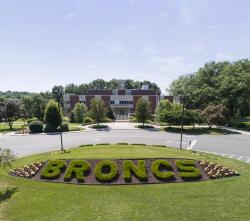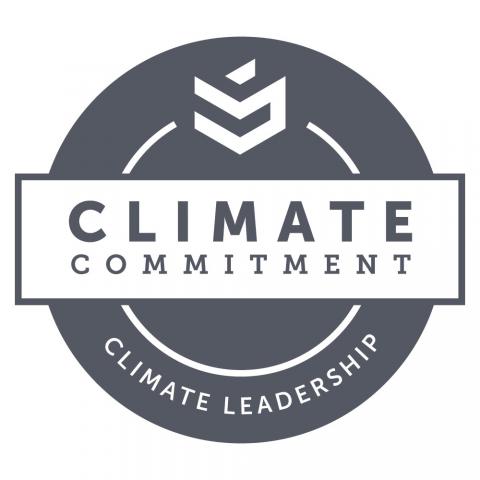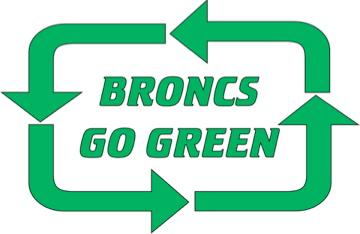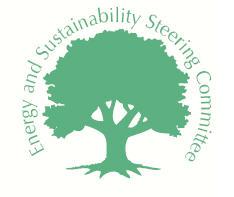Reducing Waste Paper

In 2007, President Rozanski signed the American College and University President’s Climate Commitment. In signing, the University committed itself to become climate neutral by 2050. “Climate Neutral” means that the university will emit no more greenhouse gasses into the atmosphere than it absorbs. This will be accomplished through purchasing and generating renewable energy, nurturing our forests and fields, and implementing policies that reduce our carbon emissions.
In addition to the climate neutrality commitment, Rider has also agreed to build energy-efficient buildings, buy low energy use appliances, purchase a substantial amount of our energy from renewable sources and reduce our waste stream through participating in Recyclemania, an intercollegiate recycling competition.
Paper and printing are resources that are consumed intensively in higher education and Rider is no exception. Virgin paper is problematic because a lot of money, trees, energy and water are consumed in its production. Conventional laser printing and copying uses paper, petroleum-based toner and a great deal of energy. Rider has implemented many policies and practices that reduce such waste.
Printer kiosks are set to print materials double sided, halving paper costs. These printers also use soy ink instead of conventional toner, saving money and reducing consumption of fossil fuels. Paper printed with these inks are easier to recycle. Many copiers on campus are set up to scan to *.pdf files instead of producing paper, enabling the distribution of articles and reading materials to students through our digital learning management system, completely eliminating paper from the process. Faculty in all colleges can receive “green course” certifications when they implement practices that reduce the consumption of resources including paper and energy, adding to the sustainability of the educational experiences we provide.
Previous Stop: Daly Dining Hall | Next Stop: Solar Fields



